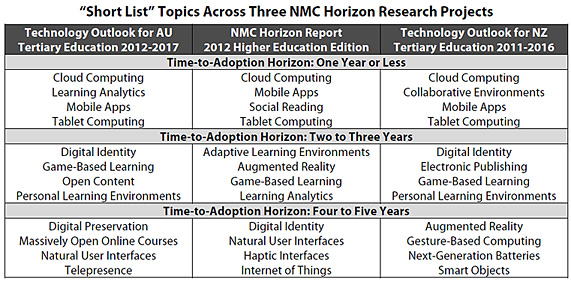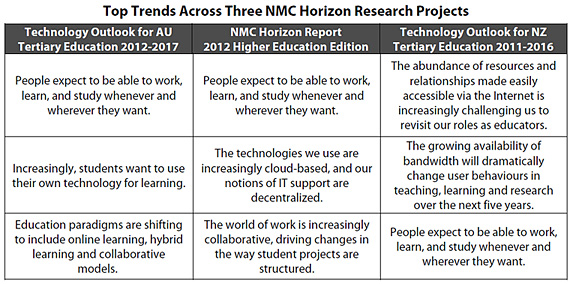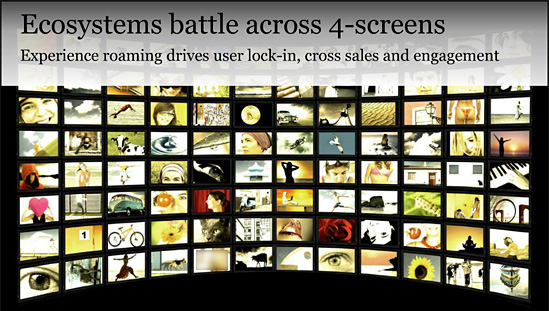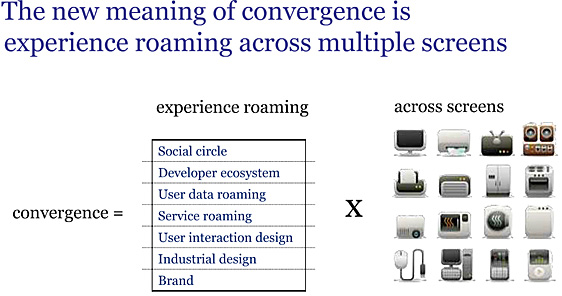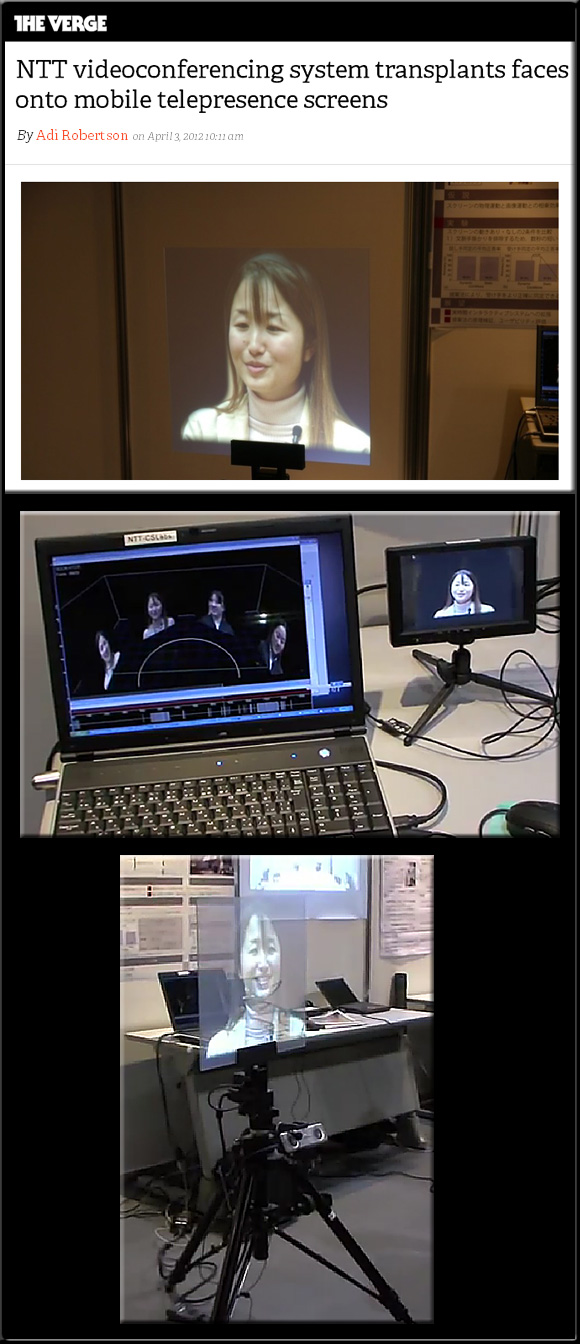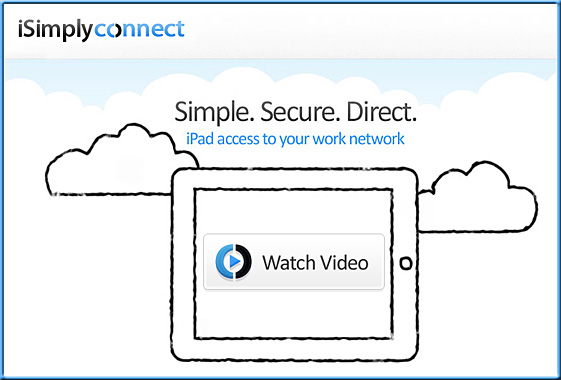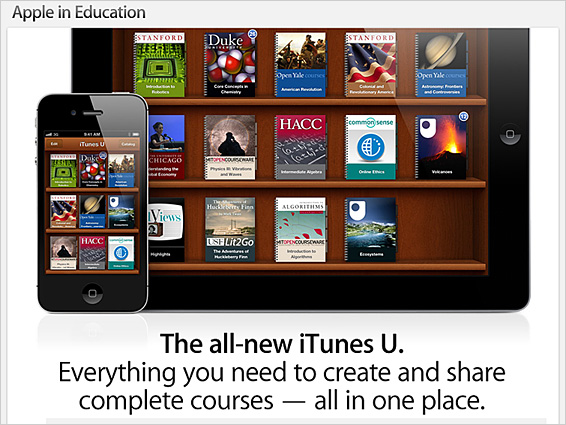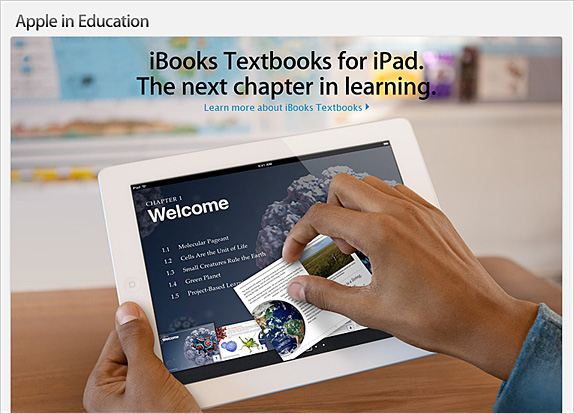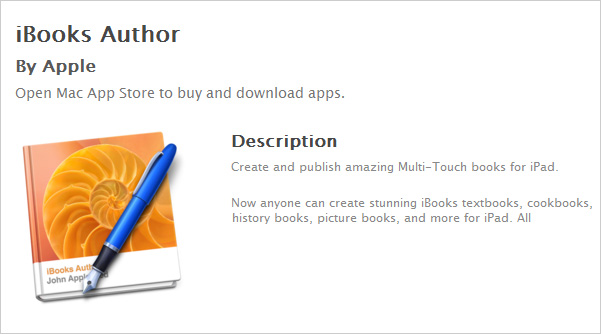Excerpt from Welcome to the Qualcomm Tricorder X PRIZE blog:
Well, for most of us, health is something we don’t bother with… until we don’t have it. Imagine this scenario:
It’s 3 a.m. Your child is crying and screaming about an earache that has gotten progressively worse all day. Her temperature has been steadily rising and is now at 103°. What do you do now? Head to the hospital? Take her to a pediatrician? Get some Advil and wait it out? But would that interfere with a medication that she might get later at the ER or Urgent Care?
By the way, she is still crying while you are trying to figure this out.
Imagine an alternate universe, one where you take a small sample of her saliva and insert it into an attached sensor on your smartphone. There it gets analyzed, and – bing – on your 3×5-inch screen, it reassures you by telling you:
“Sadie has another ear infection. Please give her some Ibuprofen, because she may react to the aspirin like she did last time this happened in August. The nearest Walgreen’s is two blocks away, and has a prescription filled for a topical antibiotic that should begin to address symptoms within three hours. Her pediatrician has an appointment available tomorrow at 3 p.m. Would you like me to schedule you for this time?”
We aren’t there quite yet, but at X PRIZE we see a day when we soon will be. In this competition, we are creating this future by launching a $10 million competition that will ask to teams to accurately and quickly diagnose 15 common and important diseases without the input or oversight of a health professional. So that in the future we may not need a doctor, or an ER room, or not even have to wait until we are sick to get health information and health care.
Health information can be now, it can be mobile, and it can be controlled by you.
See also:











